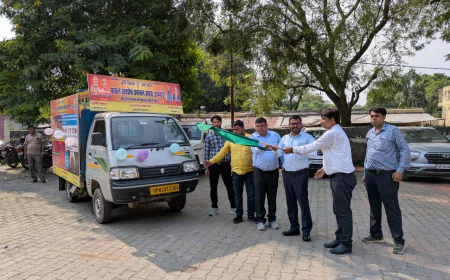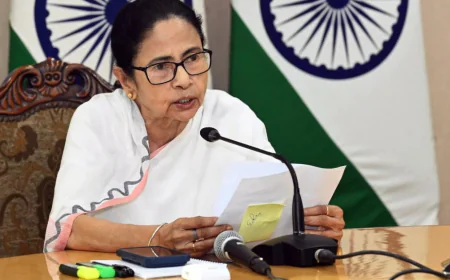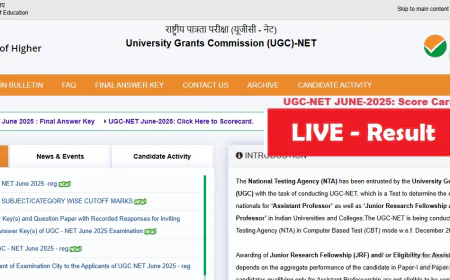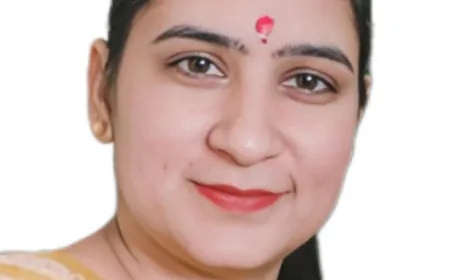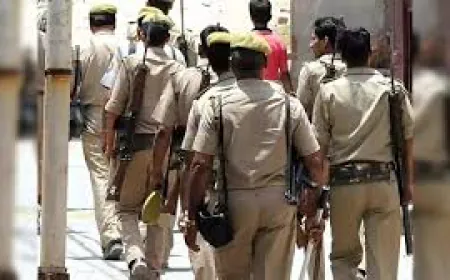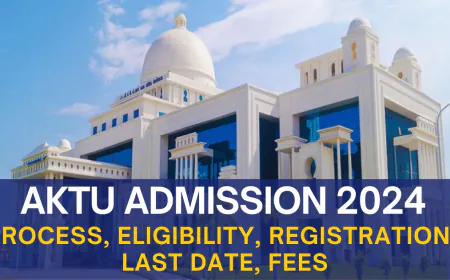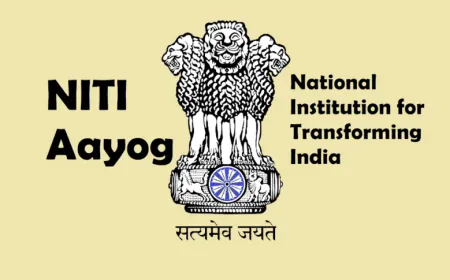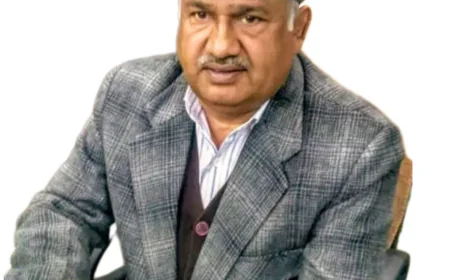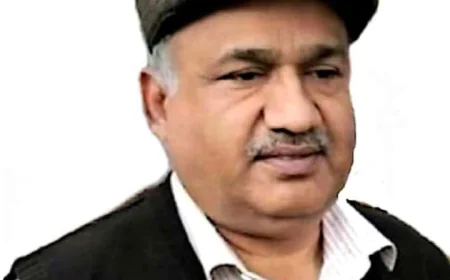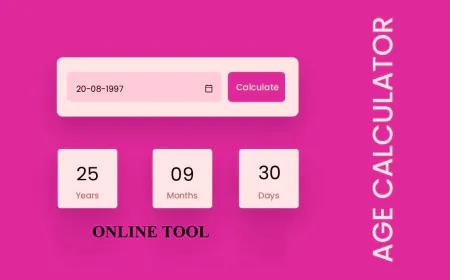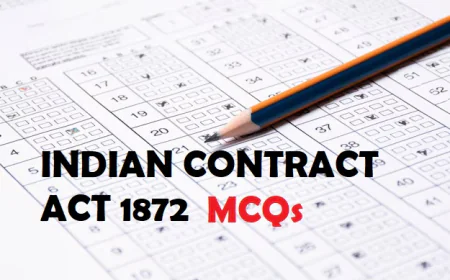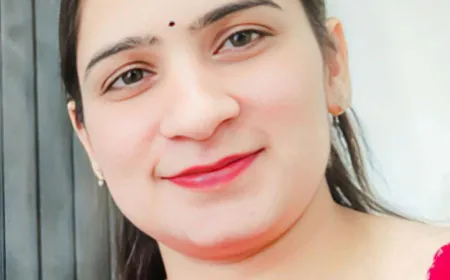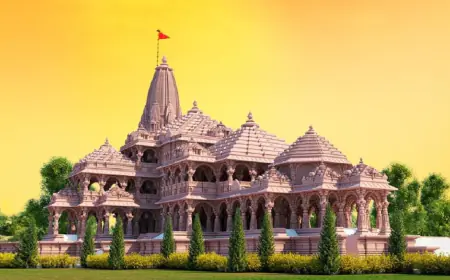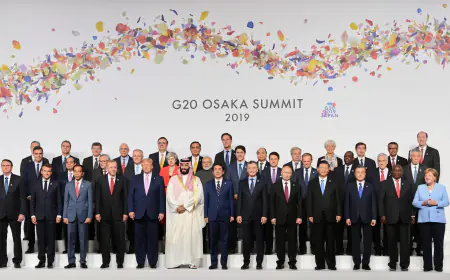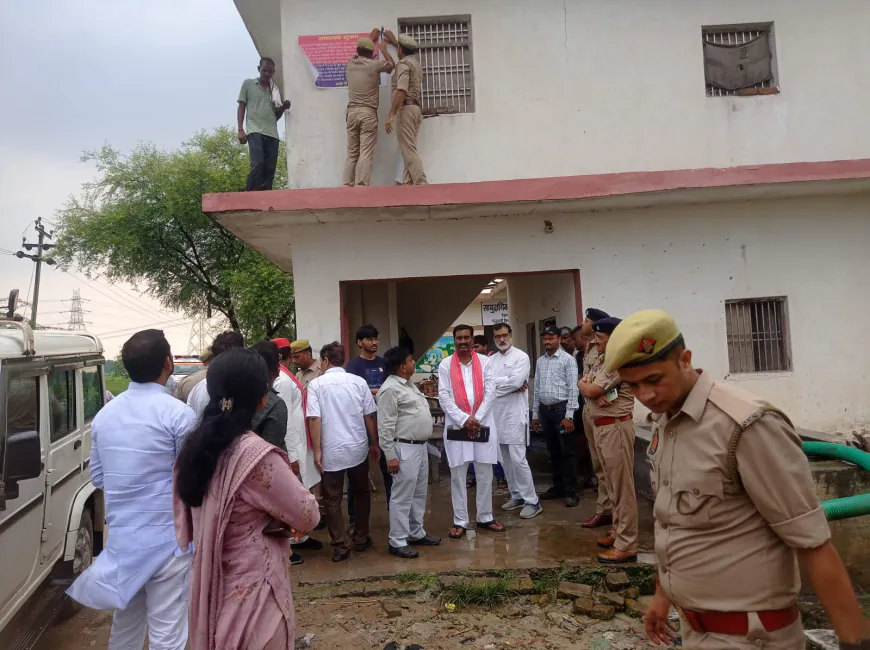India Moving towards Old Age
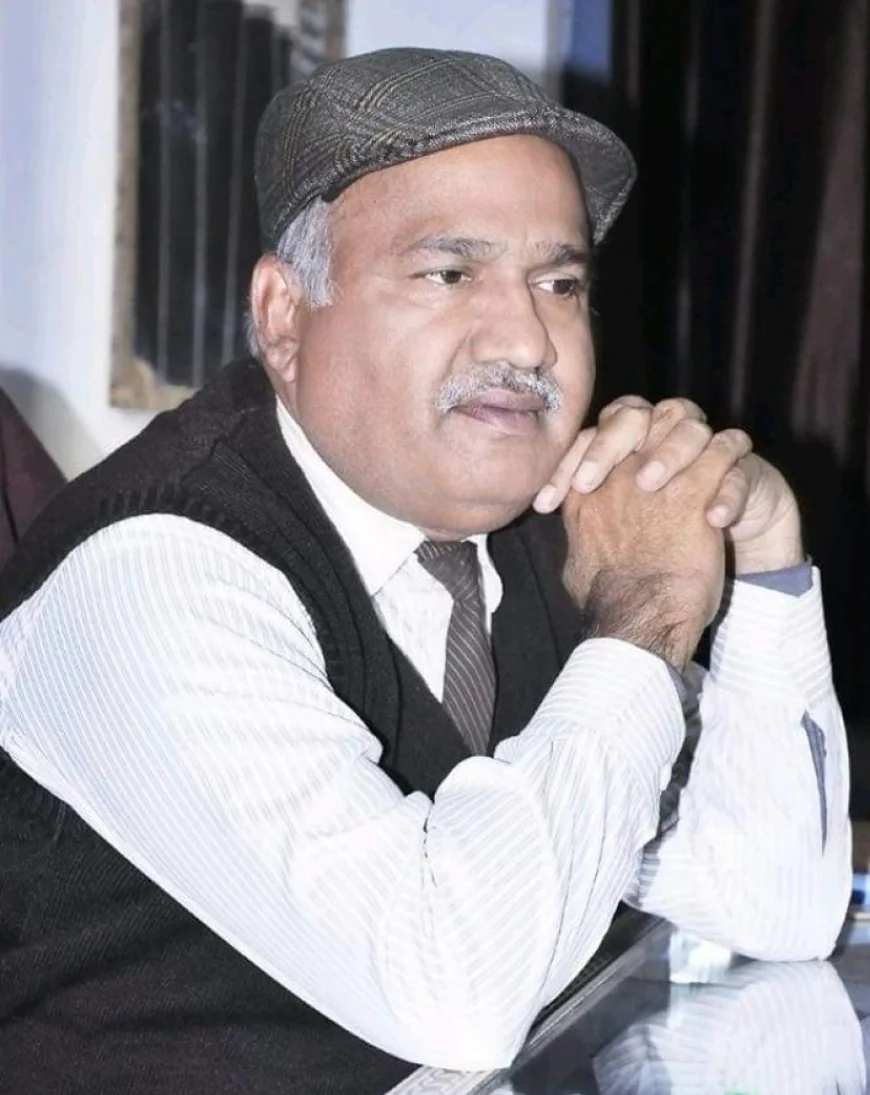
India Moving towards Old Age
India is undergoing a significant demographic shift, transitioning from a young population to an aging one. This change is driven by a combination of declining fertility rates and increased life expectancy. While it's a reflection of improvements in healthcare and overall quality of life, it also presents a set of complex challenges and opportunities for the country's economy, society, and public policy. Key Drivers of India's Aging Population * Declining Fertility Rates: India's total fertility rate (TFR), the average number of children a woman has in her lifetime, has fallen below the replacement level of 2.1 in many regions.
This means that, on average, a woman is not having enough children to replace herself and her partner, leading to a shrinking base of young people. * Increased Life Expectancy: Due to advancements in healthcare, sanitation, and nutrition, Indians are living longer. The life expectancy has increased significantly over the last few decades, resulting in a larger proportion of the population living to old age. * Socio-economic Changes: Factors like increased female education and workforce participation often correlate with a delay in marriage and childbirth, further contributing to the decline in fertility rates. The Impact of an Aging Population This demographic transition has far-reaching consequences: * Economic Implications: * Shrinking Workforce: A smaller proportion of working-age individuals will have to support a growing elderly population, leading to a higher dependency ratio. This can result in a smaller tax base and labor shortages. * Increased Fiscal Pressure: Government spending on social security, pensions, and healthcare for the elderly is expected to rise dramatically. This can strain public finances and require policy adjustments. * Potential for Lower Economic Growth: An aging workforce can lead to reduced productivity and slower economic growth if not managed effectively. * Social and Healthcare Challenges: * Strain on Healthcare Systems: The elderly have a higher prevalence of chronic diseases, leading to an increased demand for geriatric care, long-term care services, and specialized medical facilities.
* Erosion of Traditional Family Support: The traditional system of a joint family caring for the elderly is weakening due to urbanization, migration, and the rise of nuclear families. This leaves many older people vulnerable to financial and social insecurity. * Vulnerability of the Elderly: A significant portion of India's elderly population, especially in the informal sector, lacks adequate income and social security. This makes them highly susceptible to poverty and financial hardship. Government Initiatives and Policy Responses Recognizing this demographic shift, the Indian government has initiated several policies and schemes to address the needs of the elderly: * Pension and Social Security Schemes: * Pradhan Mantri Shram Yogi Maan-Dhan Yojana (PM-SYM): A voluntary and contributory pension scheme for unorganized sector workers. * Atal Pension Yojana (APY): A pension scheme that provides a guaranteed monthly pension to subscribers. * Indira Gandhi National Old Age Pension Scheme (IGNOAPS): Provides a monthly pension to senior citizens belonging to below poverty line (BPL) households. * Healthcare and Financial Support: * Ayushman Bharat: Provides health insurance coverage, which includes a focus on the elderly. * Senior Citizen Savings Scheme (SCSS): Offers a fixed and higher interest rate for senior citizens' investments. * Integrated Programme for Senior Citizens (IPSrC): Provides grants-in-aid to NGOs for running old age homes, day-care centers, and mobile medical units. * Legal and Social Frameworks: * Maintenance and Welfare of Parents and Senior Citizens Act, 2007: This act makes it a legal obligation for children to maintain their parents and provides for the establishment of tribunals to enforce this. * National Policy on Senior Citizens: Aims to promote the concept of "Ageing in Place," income security, healthcare, and other services to ensure the dignity of older persons. A Look Ahead India's demographic transition is inevitable. While the "demographic dividend" of a large working-age population is still a reality, the window of opportunity is closing. To mitigate the challenges and harness the potential of this demographic shift, India needs to: * Invest in Skilling and Productivity: Focus on improving the skills and productivity of the existing workforce, including women, to ensure they can contribute more to the economy. * Strengthen Social Security: Expand the coverage and adequacy of pension and social security systems, particularly for workers in the informal sector. * Reform Healthcare: Build a robust and accessible healthcare system with a strong focus on geriatric care and chronic disease management. * Promote Active Aging: Encourage and enable older people to remain in the workforce and society for as long as they are able, through flexible work options and lifelong learning. In essence, India's move towards an aging population is a call for proactive and comprehensive policy planning that ensures the well-being and dignity of its growing senior citizen community while maintaining economic vitality. Vijay Garg Retired Principal Educational columnist Eminent Educationist street kour Chand MHR Malout Punjab
